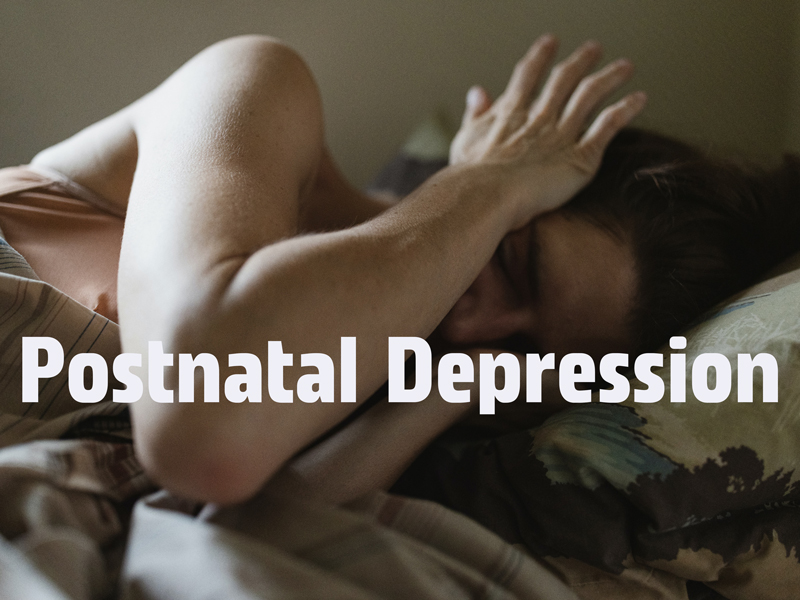Understanding Seasonal Affective Disorder (SAD): Causes, Symptoms, and Treatment
Sept. 26, 2023 #Depression
Introduction
The changing seasons often bring a shift in our mood and energy levels, but for some individuals, this natural transition can lead to a challenging condition known as Seasonal Affective Disorder (SAD). In this article, we will explore the definition of SAD, its underlying causes, detailed symptoms, available treatments, and essential preventive measures to help individuals cope with this condition.
Defining Seasonal Affective Disorder (SAD)
Seasonal Affective Disorder (SAD), also referred to as seasonal depression. This type of depressive disorder is characterized by recurring episodes of depression that typically occur during specific seasons, most commonly in the fall and winter months. While less common, some individuals may experience SAD during the spring and summer seasons.
Causes of Seasonal Affective Disorder
The exact cause of SAD is not fully understood, but it is believed to be influenced by several factors, including:
- The Biological Clock (Circadian Rhythm): Changes in the amount of sunlight during different seasons can disrupt the body's internal clock, leading to mood disturbances.
- Serotonin Levels: Reduced sunlight exposure may lead to lower levels of serotonin, a neurotransmitter that regulates mood, sleep and appetite.
- Melatonin Levels: Reduced sunlight can also disrupt the body's production of melatonin, a hormone that regulates sleep patterns and mood.
- Genetics: Some individuals may have a genetic predisposition to developing SAD.
- Environmental Factors: Living in regions with long, dark winters or significant climate changes can increase the risk of SAD.
Symptoms of Seasonal Affective Disorder
SAD shares many symptoms with major depressive disorder but occurs seasonally. Common symptoms of SAD may include:
Persistent Sadness: Individuals with SAD often experience prolonged periods of sadness or low mood.
Loss of Interest or Pleasure: A reduced interest in activities once enjoyed, also known as anhedonia.
Changes in Sleep Patterns: SAD can lead to oversleeping (hypersomnia) or insomnia.
Weight and Appetite Changes: Significant weight gain or loss and changes in appetite are common symptoms.
Fatigue and Low Energy: Individuals may feel constantly tired and lack the energy to engage in usual activities.
Difficulty Concentrating: Cognitive difficulties, including trouble concentrating and making decisions.
Irritability: Increased irritability and social withdrawal are often reported.
Physical Symptoms: Some individuals with SAD may experience physical symptoms such as headaches or stomachaches.
Thoughts of Hopelessness or Suicidal Ideation: In severe cases, SAD can lead to thoughts of hopelessness or suicide. If you or someone you know is experiencing these thoughts, seek immediate help.
Treatments for Seasonal Affective Disorder
SAD is a treatable condition, and various therapeutic approaches can help manage its symptoms. Some common treatments include:
- Light Therapy (Phototherapy): Light therapy involves exposure to a bright light source, typically a lightbox, for a specified amount of time each day. This can help regulate circadian rhythms and improve mood.
- Psychotherapy: Cognitive-behavioral therapy (CBT) and other forms of psychotherapy can help individuals develop coping strategies and address negative thought patterns.
- Medications: Antidepressant medications, such as selective serotonin reuptake inhibitors (SSRIs), can be prescribed for individuals with severe or persistent symptoms.
- Lifestyle Changes: Healthy lifestyle habits, including regular exercise, a balanced diet, and stress management techniques, can help alleviate SAD symptoms.
- Support Groups: Joining support groups or seeking social support from friends and family can provide emotional help and reduce feelings of isolation.
Precautions to Prevent and Manage Seasonal Affective Disorder
While SAD may not always be preventable, certain precautions can help reduce the risk or alleviate its impact:
Light Exposure: Spend time outdoors during daylight hours, even in winter. Consider opening curtains or blinds to let more natural light into your home or office.
Lightbox Use: If you are prone to SAD, consider using a lightbox, especially during the darker months. Consult with a healthcare professional for guidance on lightbox therapy.
Regular Exercise: Engaging in regular physical activity has been shown to improve mood and reduce symptoms of depression, including SAD.
Dietary Choices: Consume a balanced diet rich in fruits, vegetables, and whole grains. Omega-3 fatty acids found in fish may also have mood-boosting properties.
Stress Management: Practice stress-reduction techniques such as mindfulness, meditation, or yoga to help cope with the emotional challenges of SAD.
Seek Professional Help: If you suspect you have SAD or experience depressive symptoms, consult a mental health professional for evaluation and guidance.
Conclusion
Seasonal Affective Disorder (SAD) is a challenging condition that affects many individuals during specific seasons of the year. While its causes are multifaceted, its impact on mental and emotional well-being is profound. Recognizing the signs and symptoms of SAD and seeking appropriate treatment is crucial. Moreover, adopting preventive measures and making lifestyle changes can help individuals manage SAD and improve their overall quality of life. By shedding light on SAD and its management, individuals can take proactive steps to cope with this seasonal challenge and embrace a brighter future.








COMMENTS